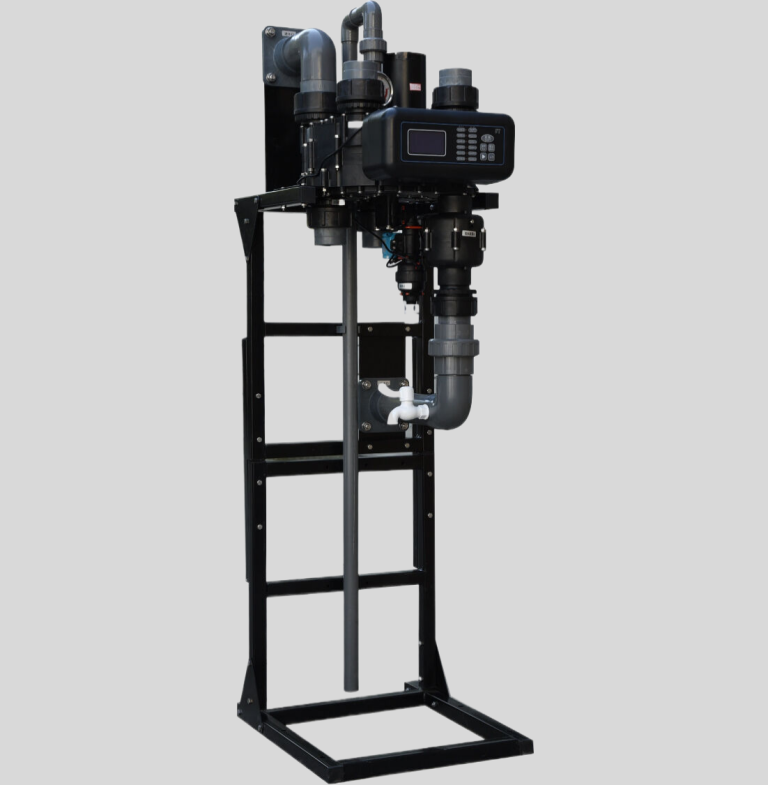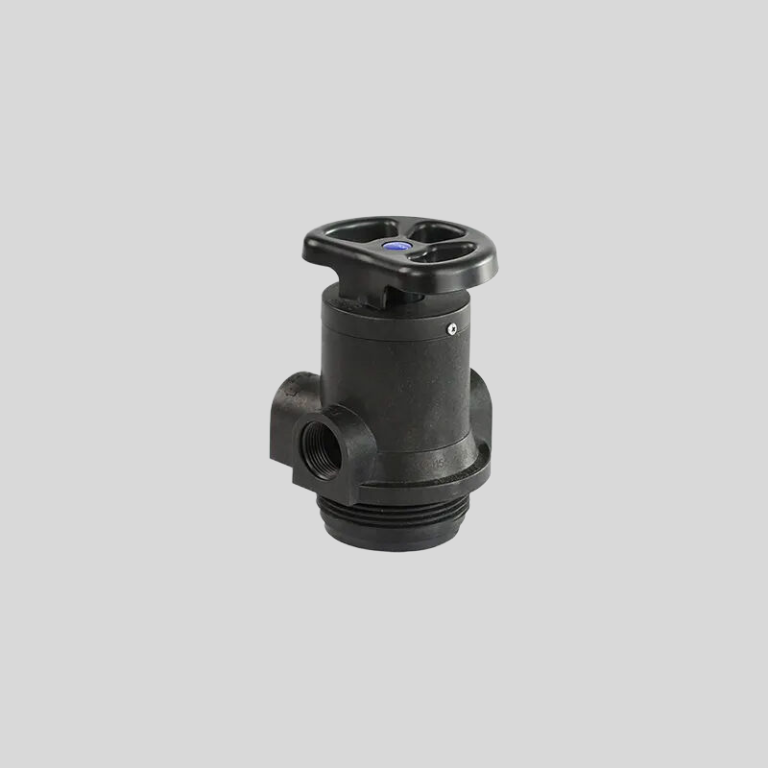“Discover the secret to soft water: find your water softener today!”
Finding the Location of Your Water Softener
Water softeners are essential appliances in many households, as they help to remove minerals such as calcium and magnesium from the water supply. This process, known as ion exchange, can help to prevent limescale buildup in pipes and appliances, as well as improve the effectiveness of soaps and detergents. If you have recently moved into a new home or are considering installing a water softener, you may be wondering where the best location is to place this important device.
One of the most common locations for a water softener is in the basement or utility room. This is often where the main water supply enters the home, making it easy to connect the softener to the plumbing system. Additionally, these areas typically have enough space to accommodate the size of the water softener unit and allow for easy access for maintenance and repairs.
If you do not have a basement or utility room, another common location for a water softener is in the garage. This can be a convenient option if you have limited space inside your home or if you prefer to keep the water softener out of sight. Just be sure to protect the unit from extreme temperatures and moisture, as these can affect its performance and lifespan.
| fixed bed GR-1 | ||||
| Model | GR2-1/ GR2-1 LCD | GR4-1/ GR4-1 LCD | GR10-1 Top Loading | GR10-1 Side Loading |
| Output Max | 4T/H | 7T/H | 15T/H | 15T/H |
Some homeowners choose to install their water softener in a crawl space or under the sink. While these locations can be more discreet, they may also be more difficult to access for maintenance and repairs. Additionally, you will need to ensure that there is enough space to accommodate the unit and that the plumbing connections are easily accessible.
If you are unsure of where to install your water softener, it is always best to consult with a professional plumber or water treatment specialist. They can assess your home’s plumbing system and layout to determine the best location for the water softener. They can also provide guidance on the size and type of water softener that will best meet your household’s needs.

When installing a water softener, it is important to consider the location of the main water supply line and the drain line. The water softener should be installed close to the main water supply line to ensure that all of the water entering your home is treated. Additionally, the drain line should be easily accessible to allow for the discharge of brine water during the regeneration process.
In conclusion, the location of your water softener is an important consideration when installing this essential appliance in your home. Whether you choose to place it in the basement, garage, crawl space, or under the sink, be sure to consider factors such as space, accessibility, and proximity to the main water supply and drain lines. Consulting with a professional can help ensure that your water softener is installed in the best location for optimal performance and efficiency.






